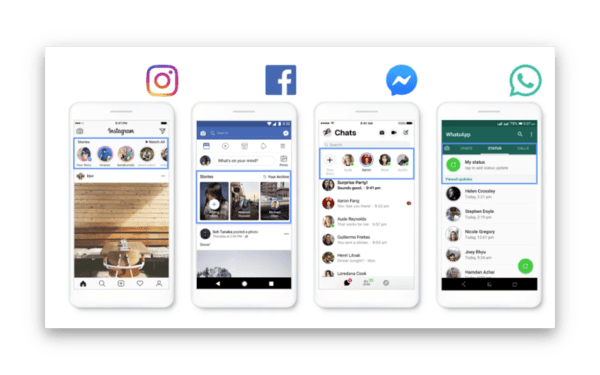As the TikTok generation continues its heyday, many organisations assume that Facebook is no longer an important platform for social media marketing. While this assumption is understandable, it couldn’t be further from the truth.
Sure, Facebook is no longer a leading platform for the Gen Z demographic. However, it retains tremendous value among certain groups.
In particular, Facebook Stories are more crucial than ever. Organic reach is minimal on Facebook feeds, but stories provide businesses with opportunities to connect with a variety of markets.
In the UK, 44% of the population uses Facebook daily. The largest demographic is the 25 to 34-year-old segment, demonstrating it’s not just for Generation X and baby boomers.
This group represents 11.2 million people who bring with them significant buying power.
With that, let’s dive into the world of Facebook Stories. In this article, we explain what Facebook Stories are, why your business should use them, and how to optimise your content for maximum performance.
- What are Facebook Stories?
- Why are Facebook Stories important?
- Guide to Facebook Stories
- Optimising Facebook marketing with Sendible
What are Facebook Stories?
Introduced in 2017 as a response to Snapchat’s successful concept, Facebook Stories are images or videos, separate from feed content, that appear for just 24 hours before disappearing.
Most popular social media platforms have a story feature, making stories some of the most viewed types of content in the world.
Social media users post over a billion stories across various platforms every day.
Stories appear at the top of the user’s feed. Therefore, as soon as users log into their accounts, they see the list of stories from the accounts they follow.
Facebook also allows sponsored stories. You can target specific audiences with paid Stories, allowing you to extend the reach of your content.
Types of Facebook Stories
Facebook Story images play for five seconds, and videos can last between one and 120 seconds.
It’s worth noting that these parameters frequently change. Meta does this to test what formats keep users most engaged. Watch for any changes to Facebook Stories to ensure your content is optimised.
You can create stories using the in-app camera or upload content that you’ve already made. Facebook allows you to edit your stories with entertaining features like emojis, stickers, GIFs, questions, polls, locations, links, and music.
Each of these factors can affect your post’s performance, so these features are worth experimenting with.
Other users may reply or react to stories when they view them, making them highly interactive. Stories provide valuable insights, including reach, engagement, demographics, and unique opens.
Why are Facebook Stories important?
 Source: Sendible's trend report - SENDIBLE USAGE RESULTS FROM JAN - NOV 2023
Source: Sendible's trend report - SENDIBLE USAGE RESULTS FROM JAN - NOV 2023
Facebook may be an ageing platform, but there’s a common misconception among important demographics that it’s dormant. The original social media website is, in fact, still the most popular network in the world in terms of monthly active users.
It’s not the leading platform for Gen Z, but its biggest user group is the 25 to 34-year-olds, making it extremely relevant.
If you’re on the fence about dedicating resources to Facebook marketing, here are four reasons to reconsider your stance.
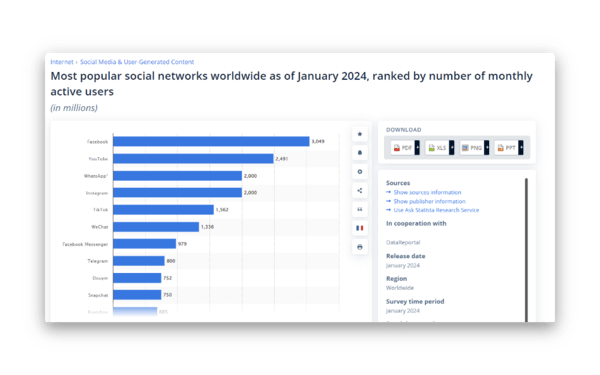
1. Access to a lucrative demographic
Facebook’s largest cohorts are millennials and Gen X, who happen to be the biggest online shoppers today. 67% of millennials prefer shopping online to at an actual retail store.
While catering to the next generation of consumers is important, you shouldn’t ignore the current crop.
56% of Facebook members claim they follow brands on social media to view products. Almost three-quarters of online shoppers use social media to help them make purchasing decisions.
Facebook Stories directly link businesses to one of the most lucrative demographics online. Failing to optimise your social media efforts toward valuable targets could lead to significant missed opportunities.
2. Relationship building
A Customer Thermometer survey revealed that 65% of consumers felt an emotional connection with a business. Interestingly, millennials and Gen X were the most likely to report this connection.
According to Harvard Business Review, consumers who are emotionally invested in a brand are extremely valuable.
For example, they’re less price-sensitive than other groups. This means that they’re more likely to remain loyal to a brand if their prices are fair.
In certain instances, emotionally connected consumers may be willing to spend up to 50% more for products and services.
Facebook Stories present businesses with a perfect opportunity for relationship building. They allow you to provide closer access to the brand, helping create emotional connections.
By humanising your brand, you can develop a loyal customer base among your target audience on Facebook.
This doesn’t mean that you ignore Gen Z and other demographics, however. Rather, you adapt the messaging and target your audience in ways that resonate with them.
For example, your TikTok social media campaigns may differ from your Facebook strategy.
3. Stories are surpassing feed content
Organic reach on Facebook is a real challenge for businesses, so Stories are becoming a more effective approach. They’re on track to surpass feed content.
Brands should capitalise on Facebook Stories' fun nature by leveraging the latest trends, hashtags, or filters.
Businesses should also consider sharing behind-the-scenes footage, shooting a day-in-the-life, creating tutorials, or posting videos that you wouldn’t see as part of standard advertising campaigns.
By digging into the analytics, you’ll see what’s working best and what type of content you should prioritise going forward.
4. Facebook is a leading advertising platform
Facebook is widely regarded as the top social media advertising tool. Firstly, it’s the largest platform in the world. Secondly, it has a higher conversion rate than any other platform. Thirdly, many Facebook members use the platform specifically for shopping.
This goes for small businesses and multinational organisations. Small businesses can create content with their location attached, showcasing products, services, testimonials, or other creative ideas. This adds a layer of depth to a standard Facebook Page.
Guide to Facebook Stories
Below, we give you a quick and simple breakdown of how to post Facebook Stories.
How to create Facebook Stories
Facebook is an intuitive platform for creating stories. Editing and optimising photos and videos is straightforward.
Your first step is to download the Facebook app. You can post stories from a desktop, but you don’t get full access to all features. The recommended method is posting through a phone or tablet.
Once you download the app and log into your account. Look for the “Create story” button at the top of your feed and hit it. From here, you’re free to create interesting photos or videos for your audience.
Choose story format
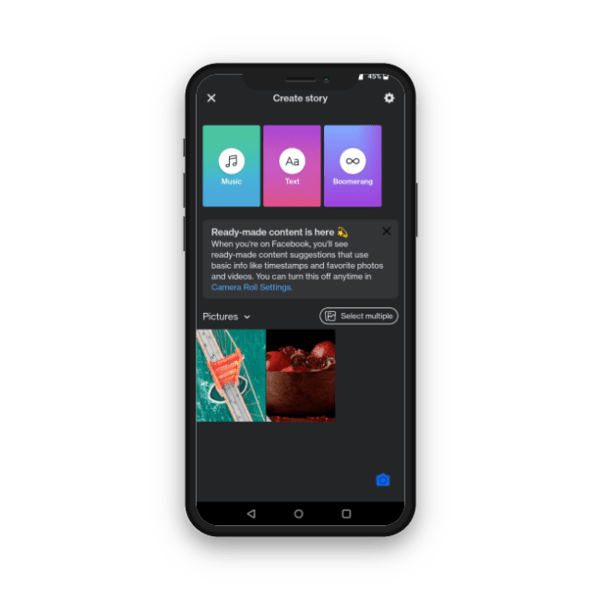
You can create stories from scratch, starting with a base of music, text, or as a boomerang. Or, select media from your phone’s camera album. If you hit the camera icon at the bottom of your screen, you can take a photo or video and use it as your story.
Music story
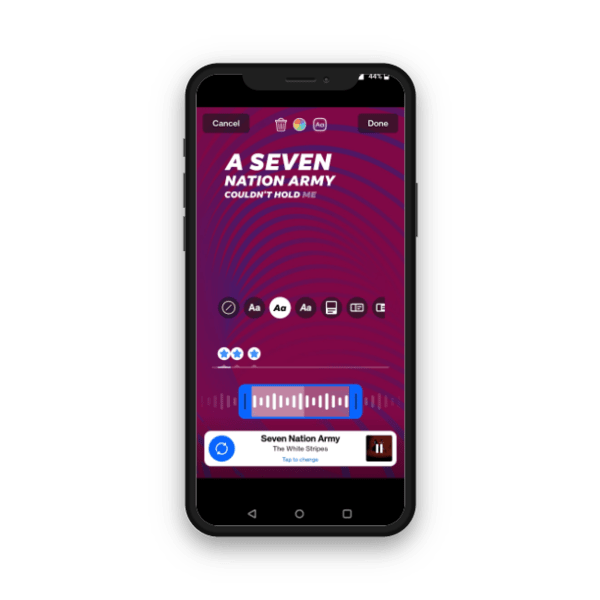
A good way to make your story stand out is to add music to it. You may choose to make the lyrics appear on screen or just the song itself. At any given time, there are trending tracks that could help your story perform better.
Text story
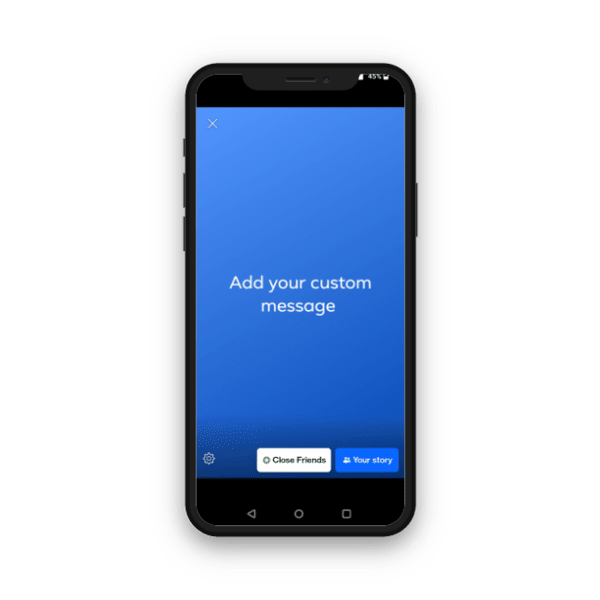
The text option allows you to create a custom message in a range of fonts, using a background from the app or an image from your library.
Editing your content
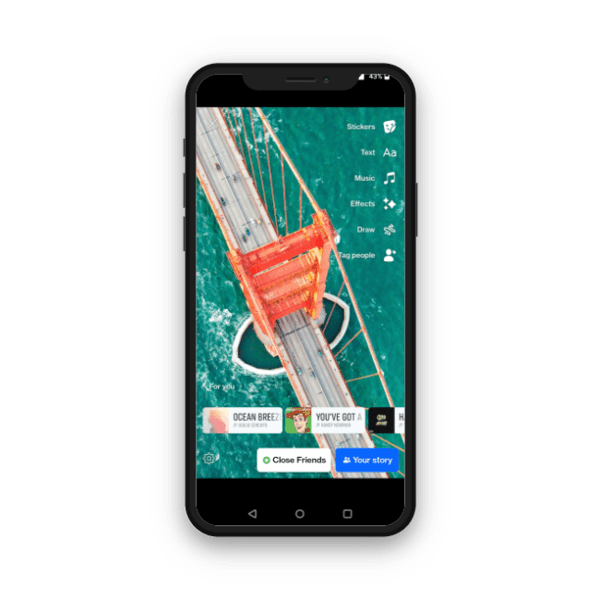
Once you’ve added your image or video, edit it using Facebook’s tools. Add stickers, text, music, effects, draw on it, or tag people.
You may also include GIFs, the time, temperature readings, locations, and other useful features. If you have a link to an event, charity page, or website, you can also add a button for that.
How to publish a Facebook Story
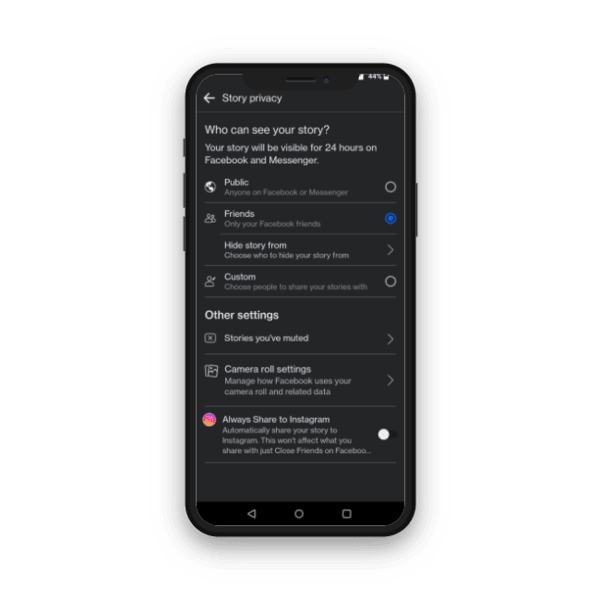
Before you publish your story, be sure to check your settings. Facebook allows you to create a Close Friends list so your stories only appear to selected accounts.
You may also hide stories from certain accounts or create a custom list for each post. If you don’t want to restrict your content, set your story privacy to Public.
Once you’re happy with your post and settings, click the Your story button and your content will publish. As soon as it goes live, you can monitor analytics to track post performance.
How to schedule a Facebook Story
To schedule a Facebook Story, you must access the Meta Business Suite, find the Schedule for Later button, and then select the time and date. Your post will then be saved as a draft until it goes live. Scheduling posts in the app can be time-consuming.
Savvy social media managers tend to use social media management software to handle planning and scheduling. This allows them to create more coordinated social media campaigns, schedule weeks or months in advance, and access performance metrics for their posts all in one place.
Optimising Facebook marketing with Sendible
Creating Facebook Stories is easy. The challenging part is consistently producing compelling content that resonates with your target audience, and ultimately, helps your business reach its goals.
Whether your targets are revenue-based, lead-generation-based, or they’re focused on developing a loyal online community, a social media management tool can help. Sendible provides comprehensive social media software that can help you build your audience, attract customers, and reach your goals.
We continually develop our all-in-one platform to ensure a seamless experience with creating, scheduling, and monitoring social activity. Through our technology, you can plan, design, create, schedule, and analyse your Facebook Stories with ease. Sendible allows you to maximise the potential of your social media efficiently, enabling you to outgrow the competition.
Below, you can find a snapshot of the services we provide:
- Planning and scheduling posts
- Reaching audience when most active with Optimal times
- Refined content creation and management
- Saving best-performing hashtags
- Enhanced team collaboration
- Workflows / Approvals
- Improve content richness with video
- Image editing
- Access to Canva, Pexels, Flickr, GIPHY
- In-depth Google analytics, one-click reports, and automated reporting
- Agency solutions
- Functionality with multiple platforms and integrations
At Sendible, we believe in our work and offer a free 14-day trial with no contract or card requirement. If you want more information, feel free to book a demo with one of our team members.

